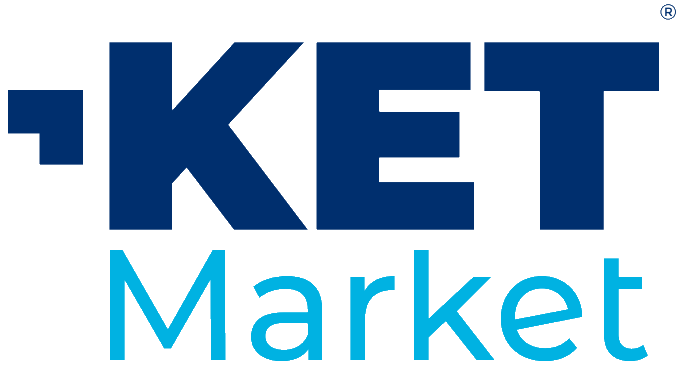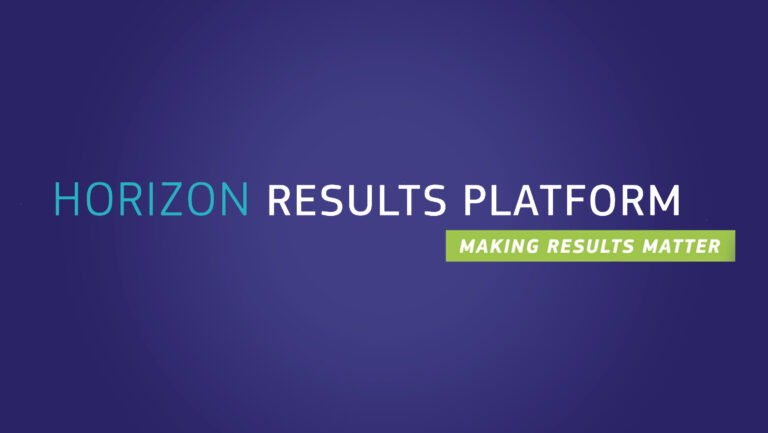Result description
The innovation is twofold: one relies on Semantic Hypergraphs (SHs), a breakthrough which principally addresses two key limitations of current knowledge graphs and Knowledge Management (KM) pipelines. Firstly, they recursively link an arbitrary number of concepts to better capture the expressiveness of natural language, beyond the rigidity of traditional knowledge graphs; secondly, they allow powerful flexibility in defining the linguistic patterns to be extracted, while preserving intelligibility and accuracy, through the use of specialized and interpretable filters that are mostly co-constructed with a low number of iterations between machines and humans (i.e. few examples are needed to capture complex and specialized information). The other innovation is also a main value proposition: to prove the concept of a semi-automatic, SH-based knowledge extraction process that enables users to interactively design and specify the type of information and relationships they are interested in, based on what their corpora contain, while exploiting the expressive power and versatility of SHs behind the scene.
Addressing target audiences and expressing needs
- To raise awareness and possibly influence policy
- Business Angels
- Venture Capital
- – Interested organizations, users and use cases (and data) that help us (1) improve the app we are now developing, especially its intuitiveness / ergonomy for non-technical users (i.e., no-code app that admittedly requires no knowledge or understanding of semantic hypergraphs), and taylor it to the needs of larger organizations (2) develop of base of pioneer users with privileged access to this new approach to knowledge extraction/query
- – Funding that helps us develop the underlying company, the robustness of the code and the diversity of use cases
- Public or private funding institutions
- International Organisations (ex. OECD, FAO, UN, etc.)
- Private Investors
R&D, Technology and Innovation aspects
We created an open-source library for Semantic Hypergraphs (SHs) with natural language parsers and SH database management. Used in Socsemics to analyze diverse corpora, it includes a prototype UI for interactive knowledge extraction. We already have pre-maturation funds to support a UX designer and an NLP expert in order to develop a graphical interface to industrially prove our concept.
All the results using SHs that we made public during Socsemics were obtained using the Graphbrain open source tool. Anyone can use it to replicate our methods with their own data. We provide the specific datasets that we used to any researcher who wishes to replicate our results, which already happened.
Result submitted to Horizon Results Platform by CENTRE NATIONAL DE LA RECHERCHE SCIENTIFIQUE CNRS

